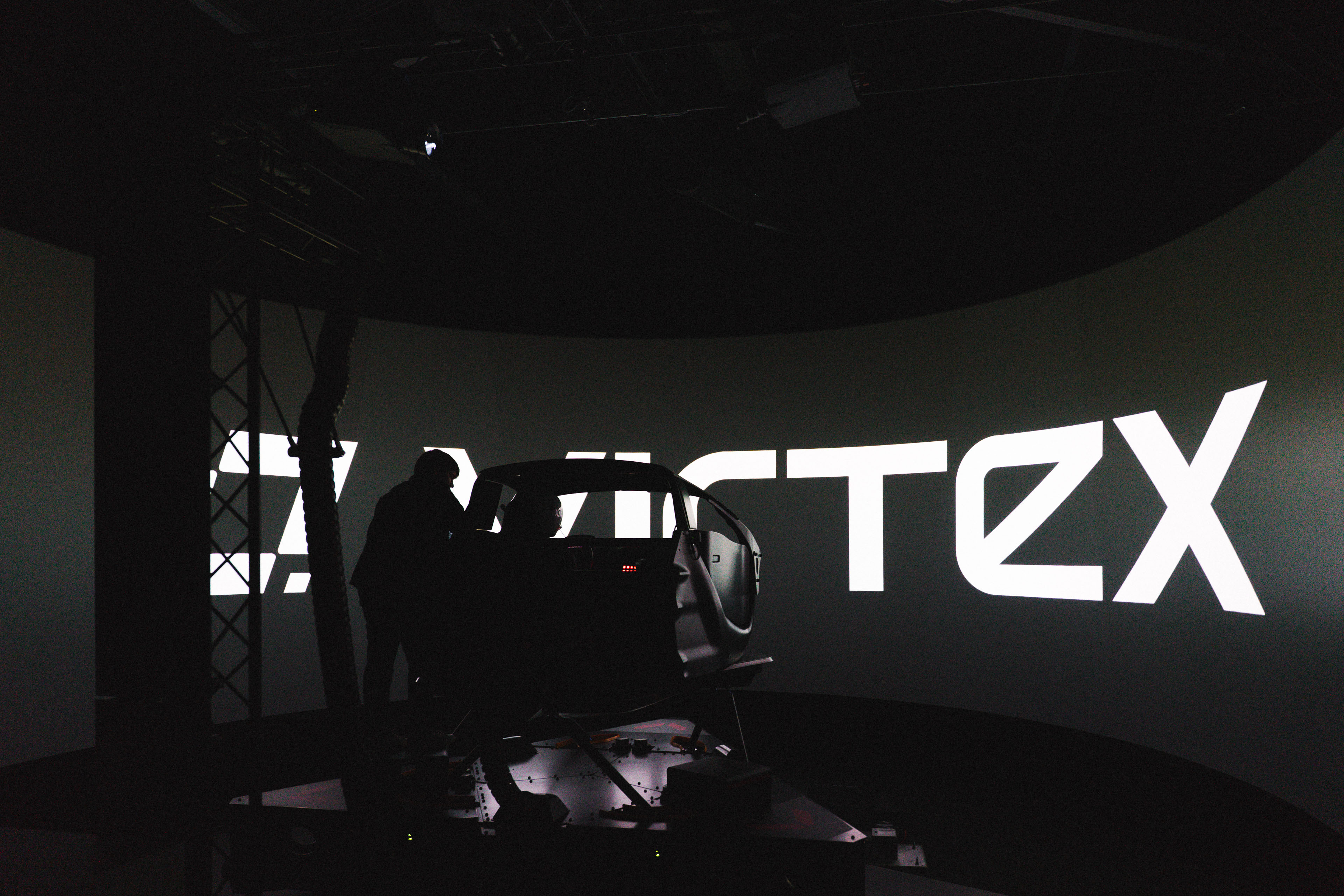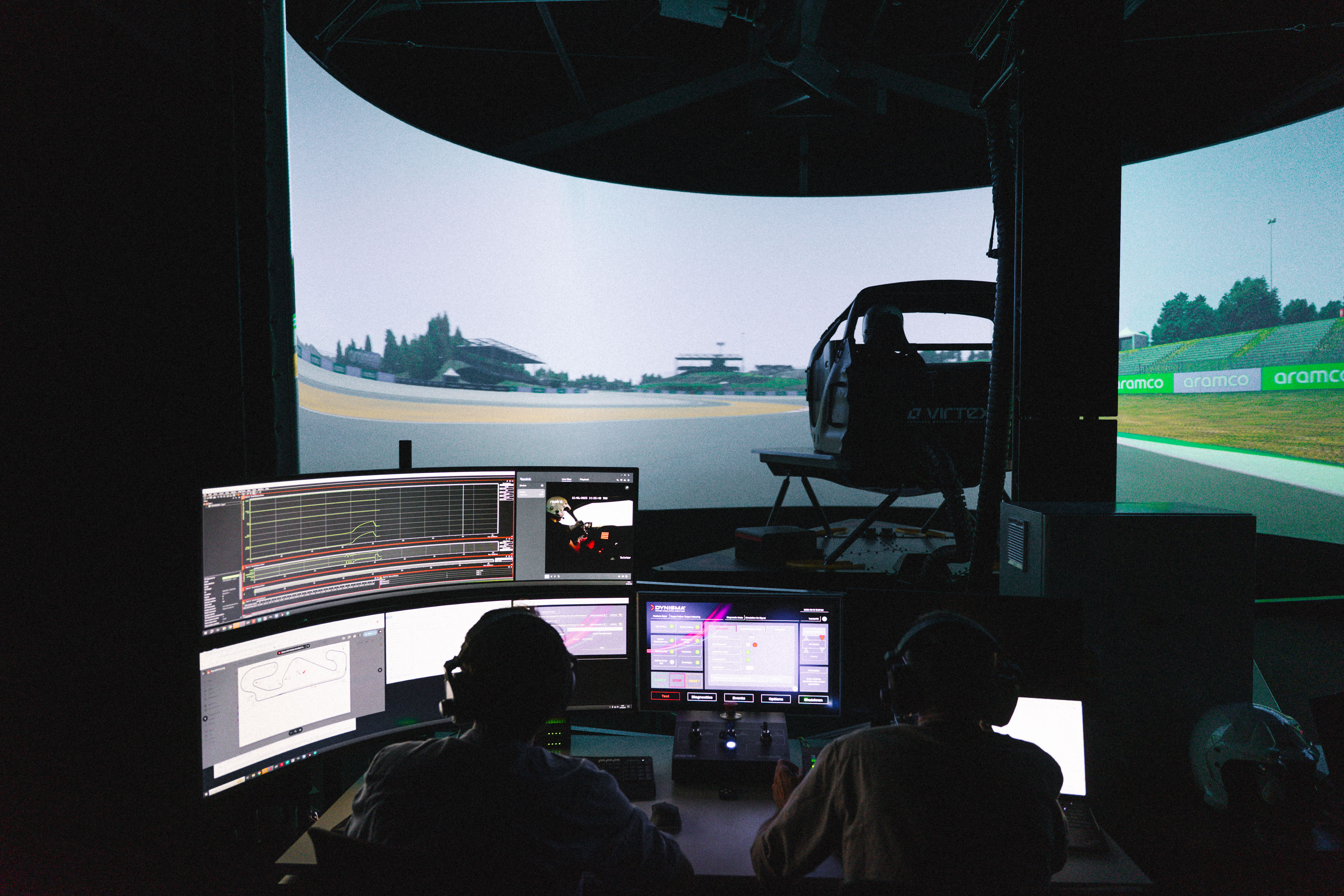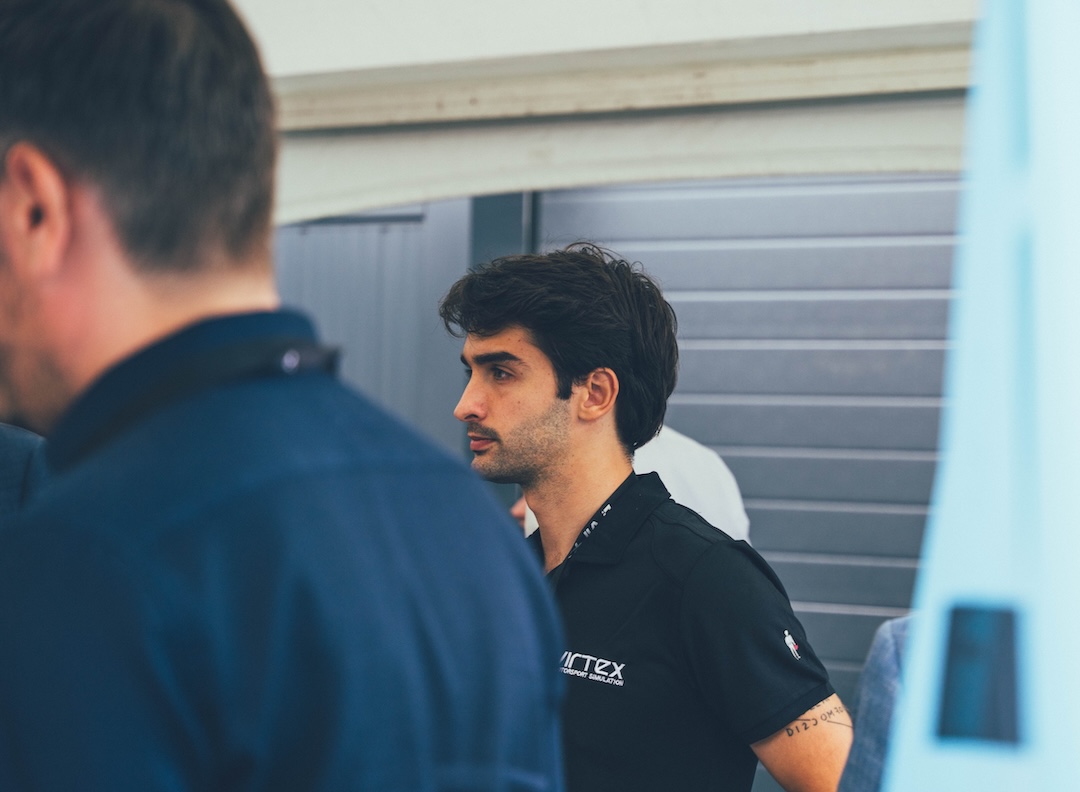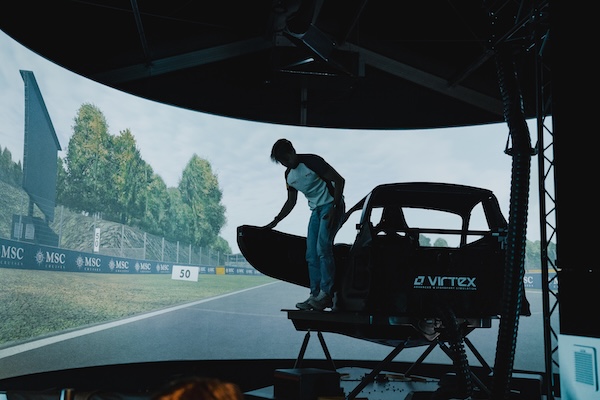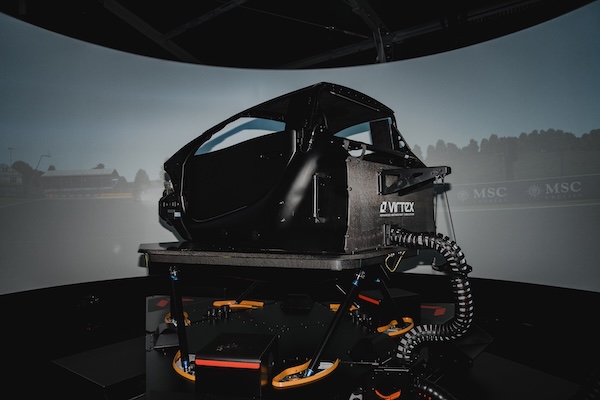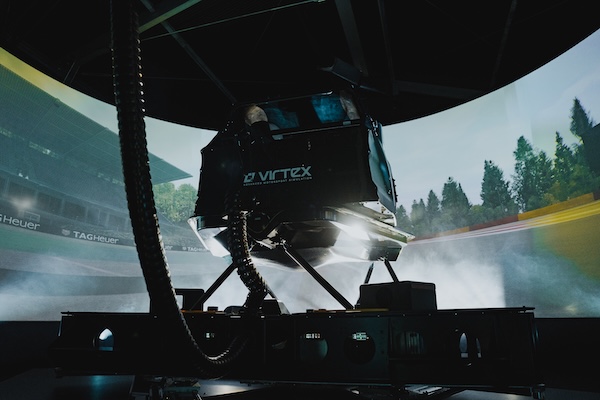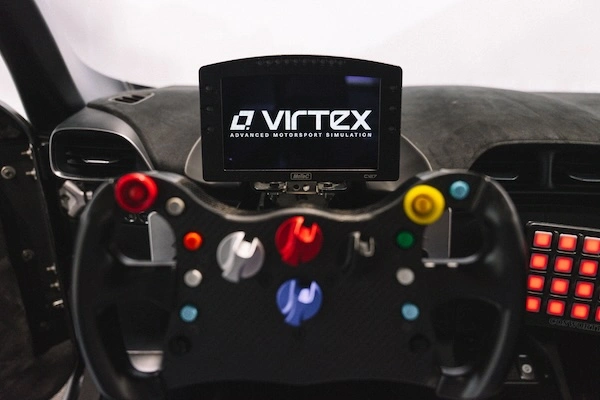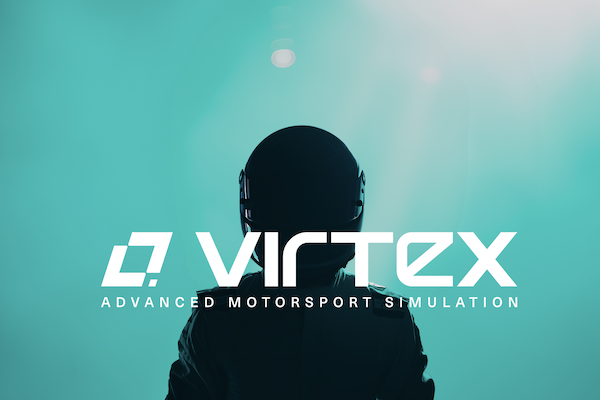Inside Virtex
Purpose over Perfection: How Virtex Approaches Simulation
There’s a temptation in simulation to aim for total realism — to replicate every single detail of the physical world. But at Virtex, we believe that’s the wrong goal. Our CTO, Fabian Bräu, puts it clearly:
“Simulations exist to solve a very specific problem, not to recreate reality in every detail.”
Fabian’s perspective is shaped by years of work across aerospace, biomechanics, artificial intelligence, and now motorsport. In each of these domains, the lesson is the same: fidelity for its own sake is inefficient.
“My approach is always to start with the customer’s voice,” he says. “Understand what problem they need solved, then design the model around that purpose.”
That’s why our guiding principle is simple: a model should only be as complex as it needs to be. Adding unnecessary detail doesn’t make a simulation better — it makes it slower to develop, harder to compute, and less agile to use. By resisting over-engineering, Virtex can deliver models that are fast, efficient, and directly relevant to race preparation.

This mindset isn’t about cutting corners. It’s about precision. The right level of complexity ensures the simulator delivers exactly what teams need, when they need it. For example, a tyre model tuned to capture the essential behaviours of a compound will help engineers and drivers prepare far more effectively than one bloated with data that slows the entire system down.
The payoff is clear: simulations that are faster to build, computationally lighter, and more useful to teams on a practical level. “At Virtex, we don’t measure success by how many variables we can squeeze into a model,” Fabian says. “We measure it by how much impact the model has in helping a team prepare for the race.”
In other words, it’s not about perfection — it’s about purpose. And that’s what makes Virtex different.

Thank you!
Your submission has been received!


